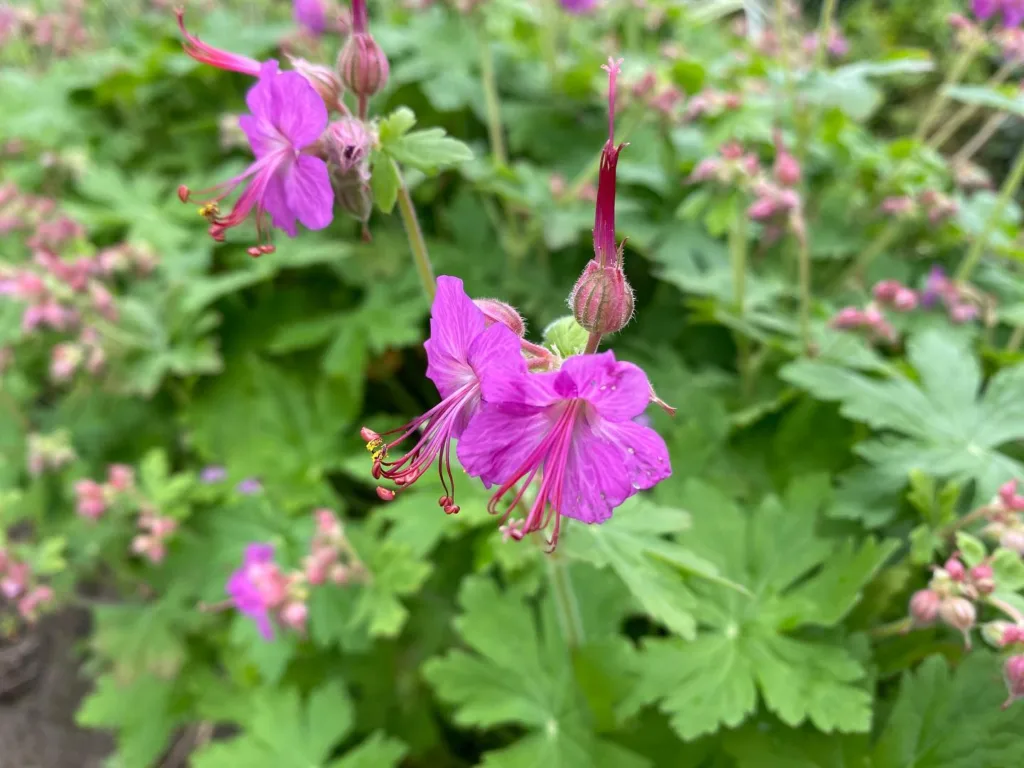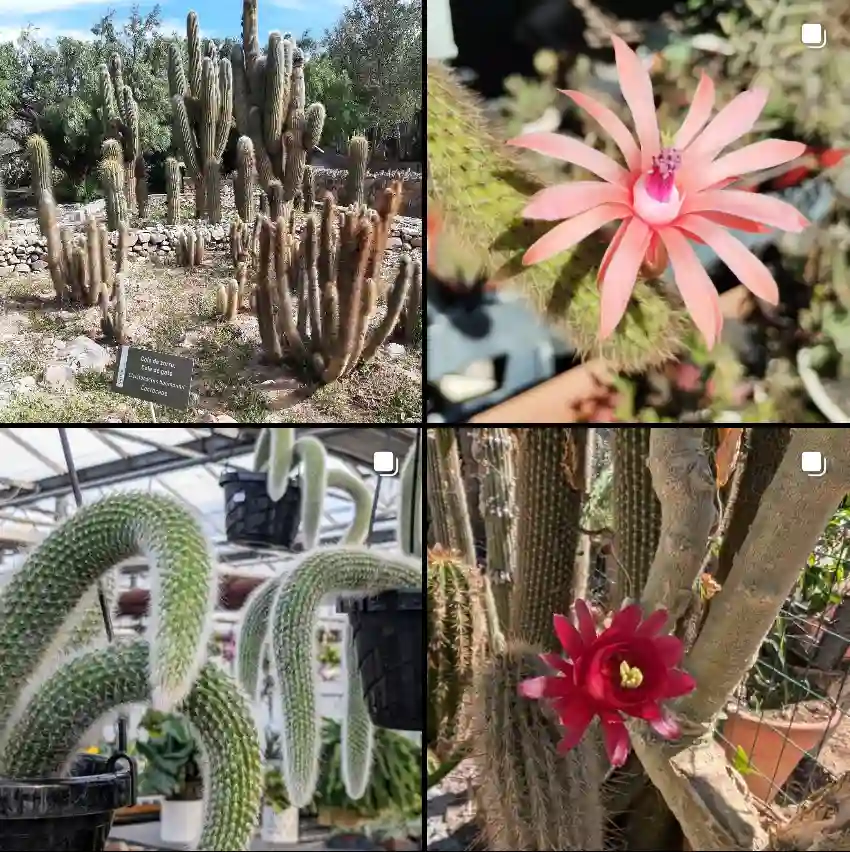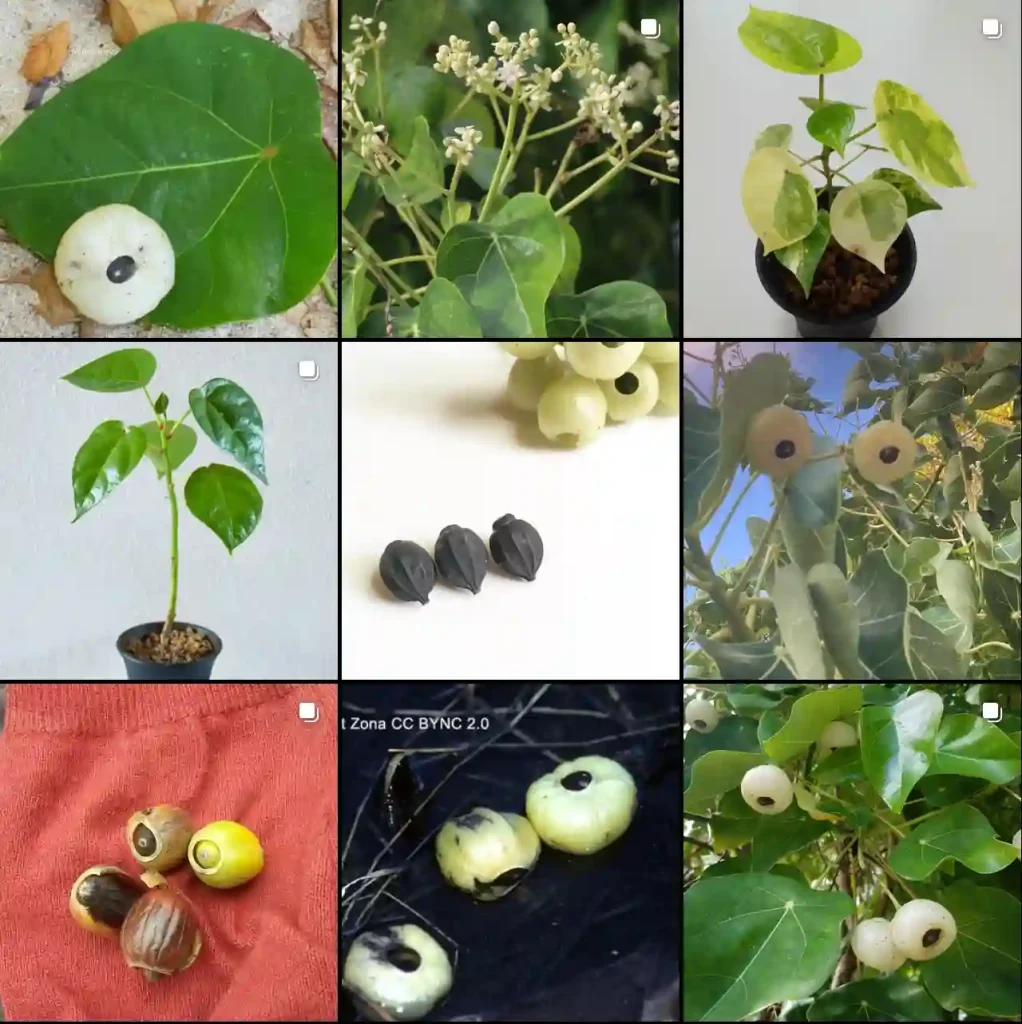Galega: A Deep Dive with Ferb Vu
The world of plants is vast and fascinating, filled with intriguing species boasting unique properties and captivating histories. Today, I, Ferb Vu, want to delve into the genus Galega, a group of flowering plants that has piqued my interest. Known commonly as goat’s rue, these plants belong to the legume family, Fabaceae, and are native to regions across central and southern Europe, western Asia, and tropical east Africa.
Understanding the Galega Genus
Galega plants are typically tall, bushy herbaceous perennials. They are characterized by their erect racemes of pea-like flowers, which bloom in a variety of colors including white, pink, blue, and mauve. These plants thrive in sunny, damp meadows and slopes, adding splashes of color to their natural environments.
While admired for their beauty, Galega plants also have a rich history of use in traditional medicine and agriculture. Some species have been used for their purported medicinal properties, while others have served as valuable forage crops for livestock. However, it’s crucial to note that certain Galega species can be toxic to livestock and even humans, highlighting the need for careful identification and responsible use.
Species within the Galega Genus
The Galega genus encompasses a diverse range of species, each with its own unique characteristics and distribution. Here are:
- Galega officinalis: Commonly known as goat’s rue or professor-weed, this species is native to Europe and has been introduced to other parts of the world. It has been used traditionally for various medicinal purposes, but it’s essential to exercise caution due to its potential toxicity.
- Galega orientalis: Also known as fodder galega, this species is native to the Caucasus region and has been cultivated as a forage crop for its high protein content.
- Galega africana: This is a robust, leguminous shrub featuring pale lilac to white flowers and is often valued for its medicinal uses and soil-enriching properties in African agriculture.
- Galega battiscombei: This is a perennial herbaceous plant known for its clusters of purple-blue flowers and its nitrogen-fixing ability, which benefits surrounding plants in its native East African habitat.
- Galega somalensis: Another East African species, it is characterized by its unique hairy leaves and stems.
- Galega assyriaca Mouterde
- Galega cirujanoi: A perennial legume native to South America, Galega cirujanoi is known for its tall growth habit and clusters of lavender-blue flowers that attract pollinators.
- Galega lindblomii: Native to the highlands of East Africa, Galega lindblomii is a hardy legume with slender stems and purple to white flowers, often used in traditional medicine.
The Importance of Botanical Exploration
The study of plant genera like Galega is crucial for several reasons. It allows us to:
- Expand our knowledge of plant diversity: By understanding the characteristics and distribution of different species, we gain a deeper appreciation for the vast array of plant life on Earth.
- Identify potential uses: Research into the properties of Galega species can lead to the discovery of new medicines, agricultural applications, and other valuable uses.
- Conserve biodiversity: By understanding the ecological roles of Galega plants and the threats they face, we can develop effective conservation strategies to protect these species and their habitats.
As we continue to explore the botanical world, it’s essential to approach our studies with curiosity, respect, and a commitment to responsible use and conservation. The Galega genus, with its diverse species and intriguing properties, serves as a reminder of the wonders that await us in the realm of plants.
I hope this exploration of the Galega genus has been informative and engaging. Remember, the natural world is full of fascinating discoveries waiting to be made. So, keep exploring, keep learning, and keep appreciating the incredible diversity of life on our planet.
If i die, water my plants!



